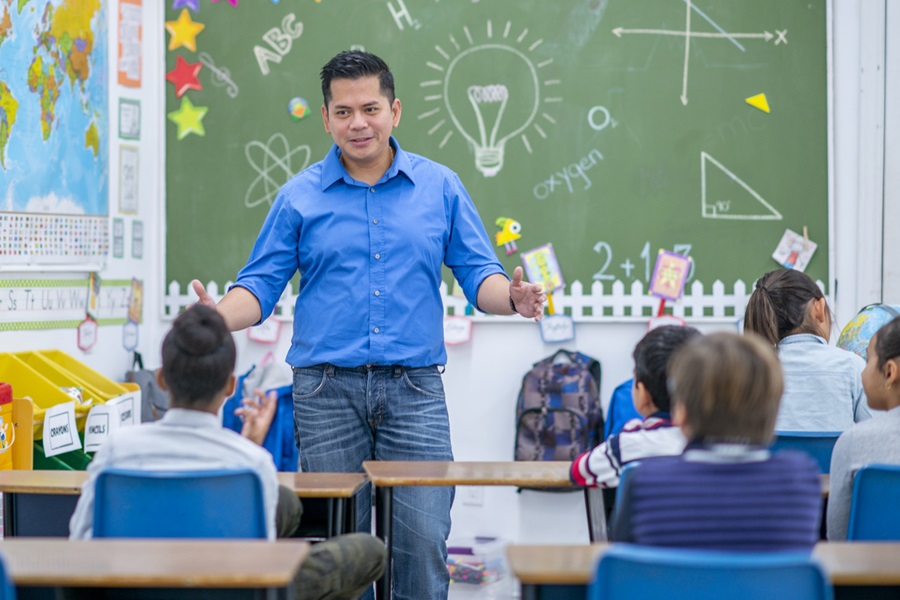
How to Become a History Teacher in 2025
If you’ve always been fascinated by stories of the past and want to inspire future generations to think critically about the world around them, becoming a history teacher could be …
Read More
If you’ve always been fascinated by stories of the past and want to inspire future generations to think critically about the world around them, becoming a history teacher could be …
Read More
If you’re exploring how to become a teacher in Florida, you’re not alone. With its large public school system—spanning over 4,000 schools and serving nearly 3 million students—Florida offers strong …
Read MoreTeaching is a dynamic profession that requires a unique blend of skills to inspire young minds and create effective learning environments. As a teacher, you’re responsible for various tasks within …
Read More
If you are interested in becoming a PE teacher and want to know more about how to become a PE teacher, it is important to understand what the role of …
Read More
A career in teaching allows you to positively impact society by influencing the mindsets of the younger generation and enabling them to integrate into the community successfully as young adults. …
Read More
Teachers significantly impact the lives of their learners—not just through what they teach, but through who they are. A great teacher embodies patience, empathy, creativity, and resilience. These qualities help …
Read MoreIf you’re passionate about education, becoming a teacher in Texas might be the perfect path for you. Texas offers a welcoming environment for aspiring educators like you to embark on …
Read More
A teaching license is an official credential that allows educators to work in public schools. It proves that a teacher has met the necessary education, training, and testing requirements set …
Read More
Having the right teaching resources is essential for effective teaching and student success. Well-selected materials help students stay engaged, understand concepts more easily, and retain information longer. They also make …
Read More
The minimum salary for teachers in Florida ranges from $47,500 to over $60,000, depending on the district and years of service. Teacher salaries in the state vary based on several …
Read More
A teacher job description outlines the core responsibilities, qualifications, and expectations for educators in various learning environments. Whether you’re hiring a new teacher or applying for a teaching role, understanding …
Read More
Crafting a strong teacher cover letter can be the key to landing your dream teaching position. More than just a formality, it’s your chance to showcase your passion for education, …
Read More